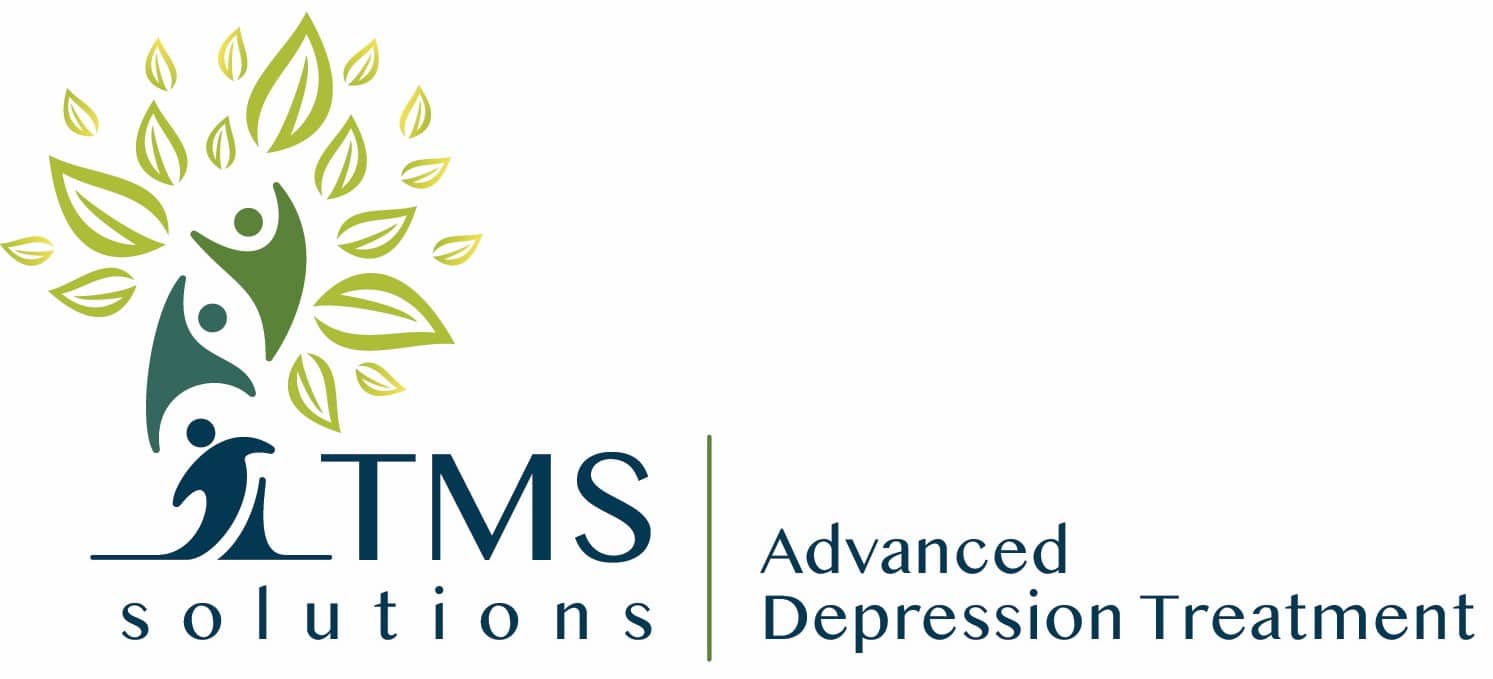TITLE
A Novel Approach for Assessing Neuromodulation Using Phase-Locked Information Measured with TMS-EEG
SOURCE
Scientific Reports. 9(1):428, 2019 01 23.
AUTHORS
Miyauchi E; Ide M; Tachikawa H; Nemoto K; Arai T; Kawasaki M.
ABSTRACT
Neuromodulation therapies such as electroconvulsive therapy (ECT) are used to treat several neuropsychiatric disorders, including major depressive disorder (MDD). Recent work has highlighted the use of combined transcranial magnetic stimulation and electroencephalography (TMS-EEG) to evaluate the therapeutic effects of neuromodulation; particularly, the phase locking factor (PLF) and phase locking value (PLV) can reportedly assess neuromodulation-induced functional changes in cortical networks. To examine changes in TMS-induced PLV and PLF before and after ECT, and their relationship with depression severity in patients with MDD, TMS-EEG and the Montgomery-Asberg Depression Rating Scale (MADRS; depression severity) were implemented before and after ECT in 10 patients with MDD. Single-pulse TMS was applied to the visual and motor areas to induce phase propagation in the visuo-motor network at rest. Functional changes were assessed using PLF and PLV data. Pre-ECT TMS-induced alpha band (9-12 Hz) PLV was negatively correlated with depression severity, and increments of post-ECT from pre-ECT TMS-induced alpha band PLV were positively correlated with the reduction in depression severity. Moreover, we found a negative correlation between pre-ECT TMS-induced PLF at TMS-destination and depression severity. Finally, differences in post-ECT TMS-induced PLF peak latencies between visual and motor areas were positively correlated with depression severity. TMS-EEG-based PLV and PLF may be used to assess the therapeutic effects of neuromodulation and depressive states, respectively. Furthermore, our results provide new insights about the neural mechanisms of ECT and depression.


